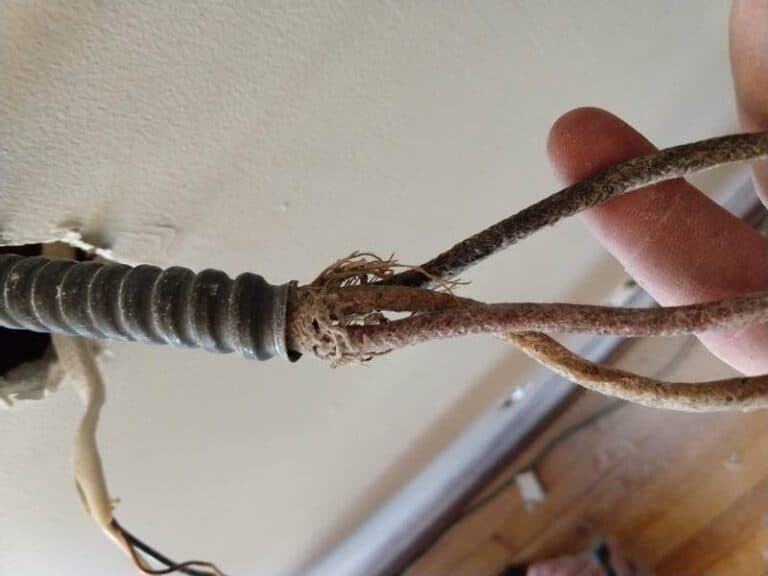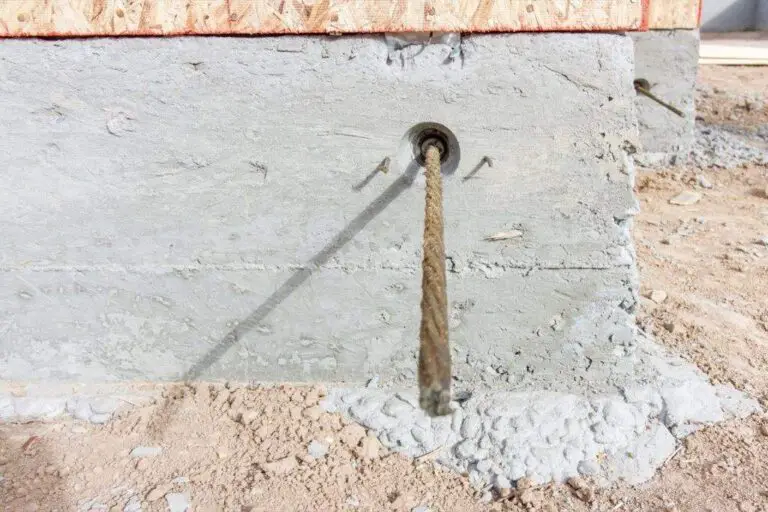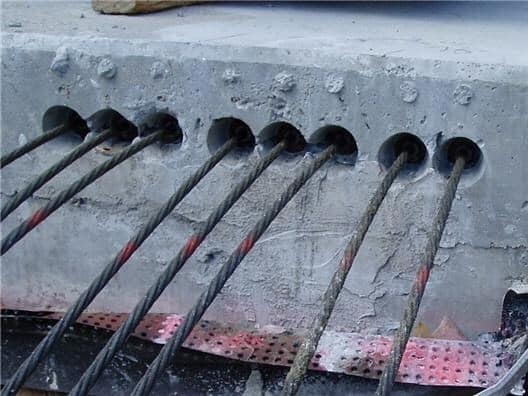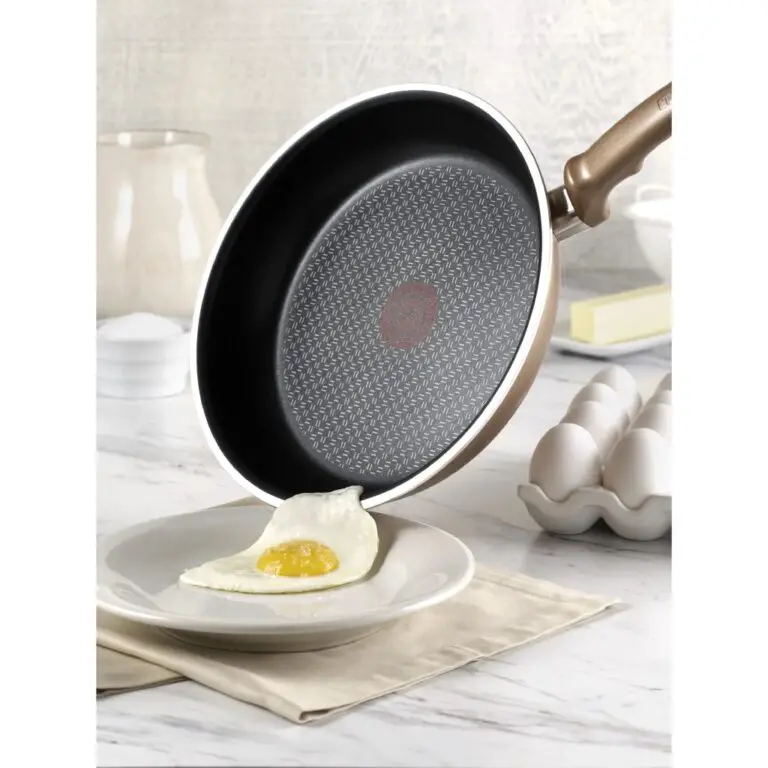Step-by-Step Instructions for Using Metal Alloyer Silent Gear Correctly

Have you ever come across a tool or piece of equipment that looks complex but, once you get the hang of it, seems like second nature? That’s how I feel about the Metal Alloyer Silent Gear. At first glance, this tool might seem intimidating, but with the right instructions and a little practice, it becomes an invaluable asset for precision work.
I’ve had my fair share of trials and errors when working with it, but today, I’m here to share a step-by-step guide on how to use the Metal Alloyer Silent Gear effectively and without frustration.
Whether you’re new to using this gear or you’ve already tried it but aren’t getting the results you want, these instructions will set you on the right track. From setting up to making precise adjustments, let’s dive in and unlock the full potential of this gear together.
What Is Metal Alloyer Silent Gear?

Before we dive into the “how,” let’s quickly cover the “what.” The Metal Alloyer Silent Gear is a high-precision mechanical component often used in industries like engineering, construction, and heavy machinery.
It’s designed to operate with minimal noise and maximum efficiency, which is a godsend when you’re working in noise-sensitive environments. The gear’s unique alloy composition ensures that it’s durable, strong, and reliable for extended use.
The “silent” part of the name might have you wondering if there’s some kind of magic at play. And while there’s no actual wizardry involved, the material and design of the gear help reduce friction and noise. This makes it easier to work with, especially in environments where a quieter operation is crucial.
Step 1: Preparing Your Workspace
Before you even think about touching the Metal Alloyer Silent Gear, your workspace needs to be prepped. You wouldn’t build a house on a shaky foundation, right? The same principle applies here.
1. Clear the Area
First, make sure you’ve got enough room to work. The last thing you want is to knock something over or accidentally spill something onto your gear. Clear off any clutter from your workbench or workspace, so you have a clean, organized area.
2. Gather Your Tools
Next, you’ll need a few basic tools to get started. Typically, this includes:
- A wrench or screwdriver (depending on the model you have)
- Lubricant (specific to your gear type)
- Safety gloves and goggles (for your protection)
- A soft cloth or rag
Having everything in one place will make your process smoother, and you won’t be running around looking for tools mid-way through.
Step 2: Inspecting the Metal Alloyer Silent Gear
Don’t skip this step—trust me, I’ve made that mistake before, and it’s not pretty. A quick inspection helps ensure that everything is functioning properly before you start using it.
1. Check for Damage
Look over the gear carefully. Are there any visible cracks or chips in the teeth? Any worn-down areas? If so, this could affect performance, and it’s better to address those issues before proceeding.
2. Clean the Gear
Even if it looks fine, give the gear a quick wipe with a soft cloth to remove any dust or debris. Clean surfaces are essential for smooth operation and accurate performance.
3. Check for Proper Lubrication
Lubrication is key to keeping the gear’s movements silent and efficient. Depending on the model, you may need to apply a specific type of oil or grease. Follow the manufacturer’s guidelines here. Over-lubricating can cause issues, just as under-lubricating can.
Step 3: Installing the Gear
Installation is the next big step, and it’s all about getting the right fit. Just like fitting the right piece into a puzzle, installing the Metal Alloyer Silent Gear takes a little precision.
1. Align the Gear
Position the gear into the housing or the assembly unit. Make sure it’s aligned properly with the shaft or motor, ensuring the teeth mesh smoothly with the adjacent gears.
2. Secure the Gear
Using your wrench or screwdriver, tighten any necessary screws or bolts. But don’t overdo it—tighten them enough so that the gear stays in place, but not so tight that you risk damaging the material or misaligning the teeth.
3. Ensure Smooth Movement
Once the gear is installed, give it a test spin (or test turn, depending on your application). If the gear doesn’t move smoothly or if you hear any unwanted noise, check for misalignment or friction spots.
Step 4: Making Adjustments
Once everything is in place and the gear is installed, it’s time to make any adjustments for precision. After all, the whole point of using Metal Alloyer Silent Gear is to get the exact results you need, right?
1. Adjust Tension
Many models of the gear allow for tension adjustments. If you’re looking for a tighter or looser fit, you can adjust the tension accordingly. Start with a small adjustment and test it to see if it improves the performance.
2. Monitor for Wear
As you use the gear, keep an eye on any wear and tear. Over time, the teeth might become worn down, and if you’re not careful, you could end up with a damaged gear. Regular monitoring ensures that you’re getting the best performance.
3. Fine-Tuning
Small tweaks can make all the difference. Whether it’s adjusting the gear’s position or altering the speed settings, don’t hesitate to make those micro-adjustments that’ll help things run smoother.
Step 5: Safety First
I can’t stress this enough—safety is paramount when working with mechanical components. Always wear gloves to protect your hands and goggles to safeguard your eyes. And if you’re working with machinery or tools that could cause injury, take extra precautions, including using a work apron or proper footwear.
1. Work in a Well-Lit Area
Ensure you have ample lighting while working on the gear. Poor lighting can lead to mistakes, and mistakes lead to unnecessary accidents.
2. Disconnect Power Sources
If you’re working with a powered machine, always disconnect the power supply before performing maintenance or adjustments. It’s better to be safe than sorry!
Step 6: Testing and Calibration
Once everything is in place, you’ll want to test the gear to ensure it’s operating as expected. This step is the real deal breaker. If the gear isn’t calibrated properly, all your hard work could go to waste.
1. Test the Gear Under Load
Place the gear under the usual operating conditions (but start slow). Test it with its load or connected components and ensure it operates quietly and efficiently.
2. Make Final Adjustments
If anything doesn’t feel right, don’t hesitate to go back and make any adjustments. Precision is everything, and it’s always better to get it right the first time than to rush.
Final Thoughts
Using the Metal Alloyer Silent Gear may seem like a daunting task at first, but once you get into the rhythm of these steps, it becomes second nature. By following these instructions carefully—inspecting, installing, adjusting, and testing—you’ll maximize the gear’s lifespan and performance.
In my experience, the key to successful use lies in the little details: the proper alignment, ensuring smooth operation, and, of course, the safety precautions. With this guide, you’re now armed with the knowledge you need to use your Metal Alloyer Silent Gear confidently and without worry.
So, go ahead—put these tips to work and let the gear do its magic. If you follow these steps, you’ll have a well-oiled operation running in no time. Happy gearing!






